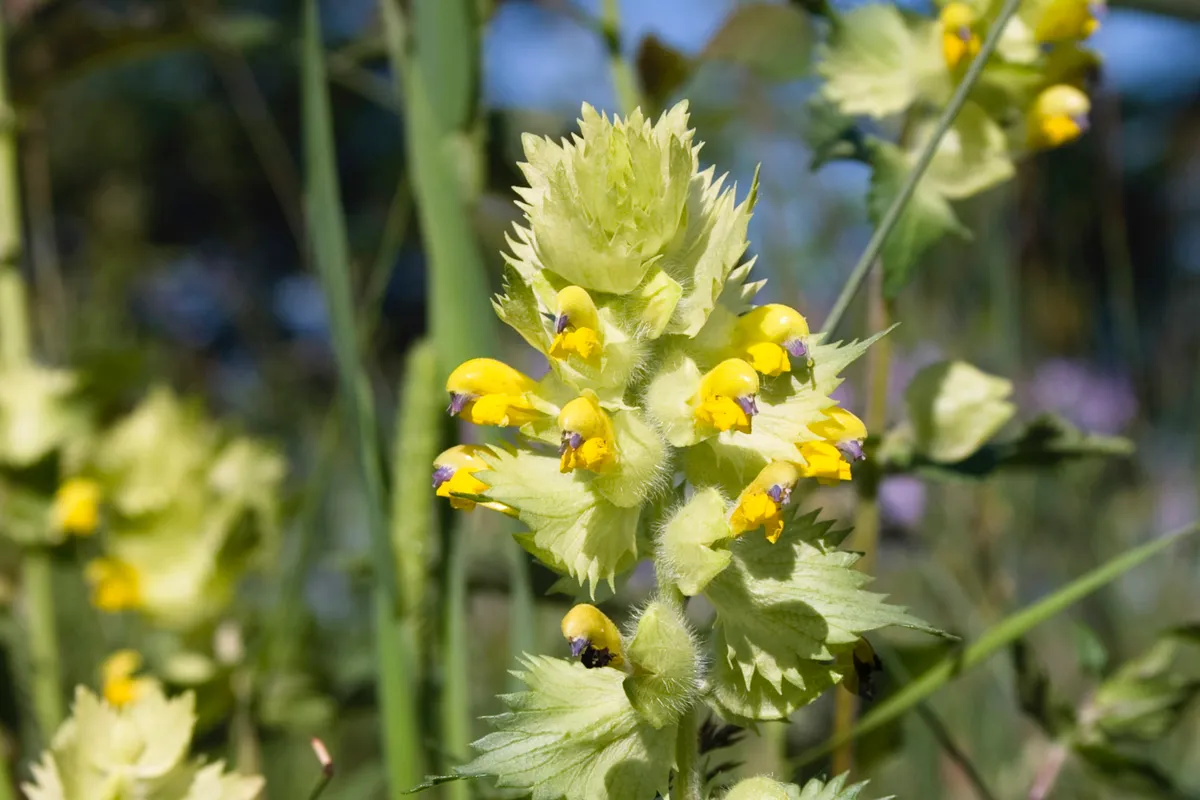The designation of a new nature reserve is cause for celebration, especially when it draws together a number of contrasting habitats deserving of protection. The South London Downs in Coulsdon is only the third National Nature Reserve (NNR) in London and, at 417 hectares, is the second largest after Richmond Park.
In the depths of winter, it’s wonderful to have an area of wilderness that’s easy to access, close to Overground stations such as Coulsdon South, Ridddlesdown and Whyteleafe. Noticeboards with information about the nature reserve can be found in several locations, including the car parks at Farthing Downs, Riddlesdown and Kenley Aerodrome.
Precious land
The reserve received its official designation in July 2019 in recognition of its valuable habitats, ranging from woodland and chalk downland to neutral grassland.
Coulsdon Common is reminiscent of royal hunting grounds due to its ancient oak woods. Red berries on holly bushes stand bright in the stark winter months.
Devilsden Wood on the slopes of Happy Valley has greenery year-round due to the prevalence of yew. Some specimens display a shrub-like quality while others reach to the sky, competing with beech for the canopy.
In summer, the chalk grasslands are home to almost half the types of butterfly found in Britain as well as one of the rarest plants, the greater yellow rattle. Areas are grazed by Sussex cattle and Jacob sheep year-round.
The height of the land in certain places offers fantastic views. From the viewpoint on Farthing Downs you can see the mast at Crystal Palace and the BT Tower.

Fascinating history
Signs of human habitation and history pepper the region. Remains of an Iron Age field system and Anglo-Saxon barrows are evident at Farthing Downs. The Roman Road at Riddlesdown is easily accessible, even for those with mobility issues. It was built more than 2,000 years ago to connect the cornfields of the South Downs with the capital.
Kenley Common was used as part of a neighbouring airfield during both world wars. Interesting features include blast walls to protect aircraft. Once frequented by airmen from the base, the Wattenden Arms offers a warm welcome and is decorated with memorabilia from the airfield. It is the perfect place to relax during or after exploring the nature reserve.
